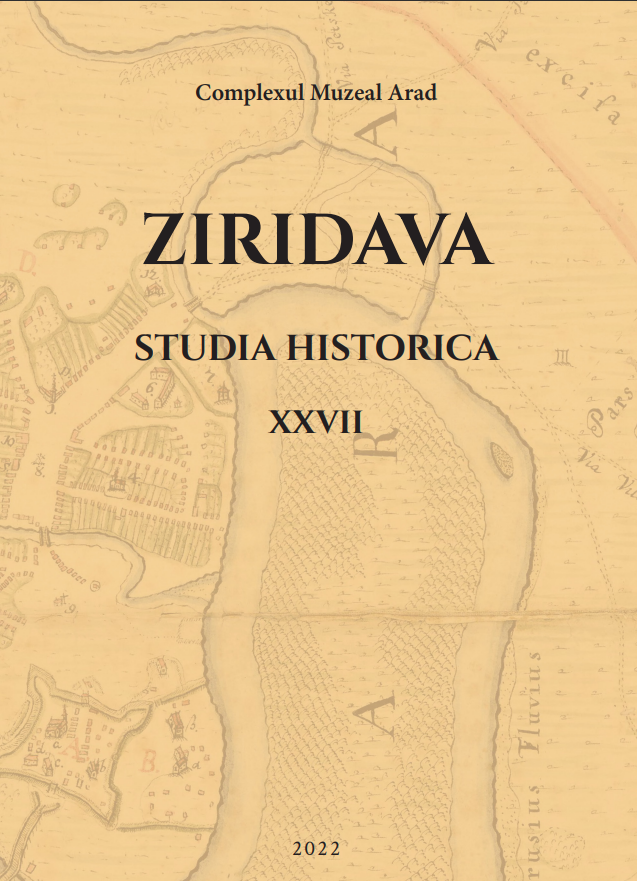Liceul „Mihai Viteazul” – primul liceu românesc de stat din Transilvania
“Mihai Viteazul” High School – the first Romanian state high school in Transylvania
Author(s): Ionela Simona MirceaSubject(s): History, Local History / Microhistory, History of Education, Interwar Period (1920 - 1939)
Published by: Editura Mega Print SRL
Keywords: education; high school; school; Transylvania; interwar;
Summary/Abstract: The Romanian state high school, came to the support of Romanians eager to lean, offering a classical, theoretical, quality education. The teaching staff was formed, with few exceptions, of Romanian teachers with various specialties. If at the beginning there were cases of teachers who did not know the language Romanian very well, an aspect highlighted in various inspection reports, along the way the situation was regulated. High school quickly became an important factor in the Romanianization process.It was attended, with very few exceptions, by Orthodox (the majority) and Greek‑Catholic Romanian students, coming from all walks of life (predominantly from intellectual and farmers families). Most of them were students from Alba Iulia and the villages around the city, but they also came from other areas of the country, attracted by the prestige of the city (The City of the Great Union, the City of Coronation) and of the high school.Despite the extremely difficult beginning, due to the lack of a stable headquarters and of a material base, the teachers understood their purpose by filling these gaps with enthusiasm, intelligence and ingenuity, making their students disciples, training them not only in everyday schoolwork but also in extracurricular activities. In the classroom and beyond the classroom, the teacher remained a character‑building coach. The large share of history and literature books in the library proves the emphasis placed on these subjects understood as particularly important in the formation of national consciousness. The purpose of the Romanian teacher was to offer to the student, firstly, access to education, to the Romanian spirituality, helping him to know his own national identity, and secondly to the universal spirituality, helping him to integrate into it with the specificity of his Romanian soul.
Journal: Ziridava. Studia Historica
- Issue Year: 2022
- Issue No: XXVII
- Page Range: 211-229
- Page Count: 18
- Language: Romanian

